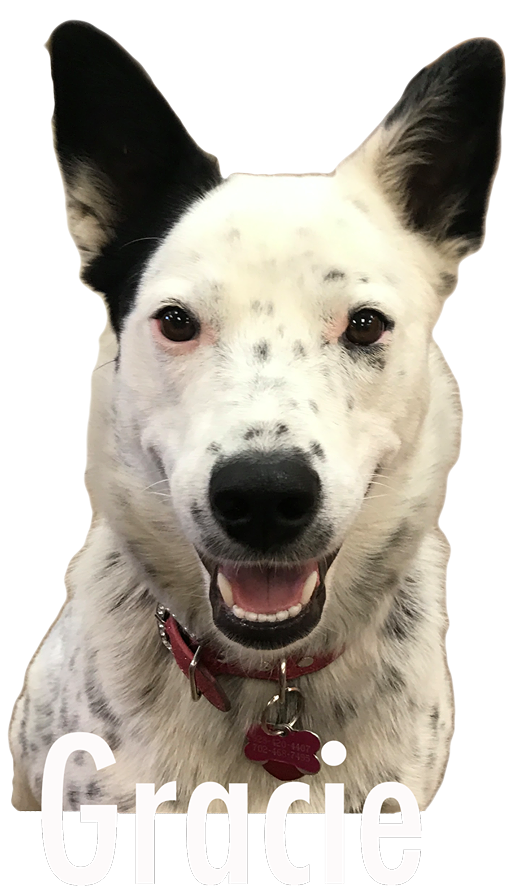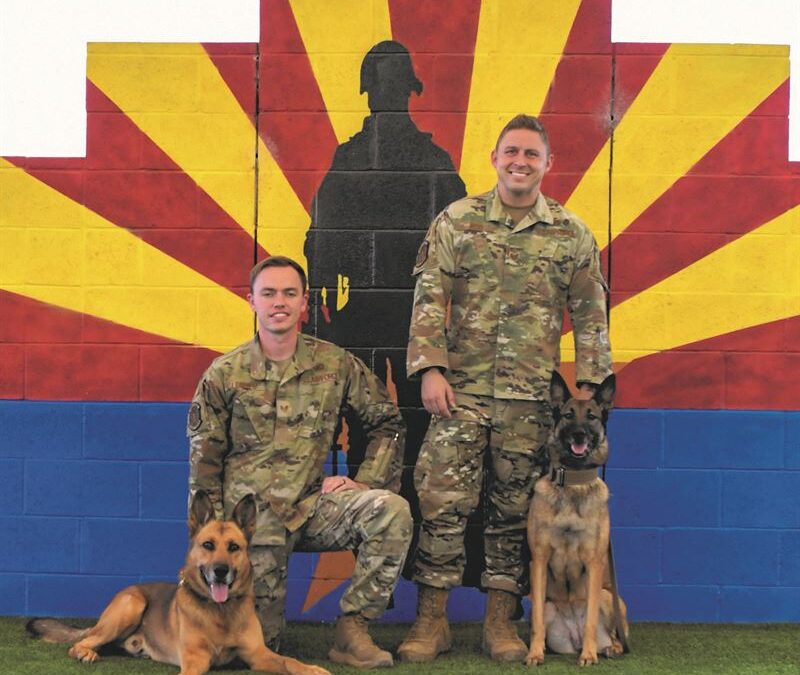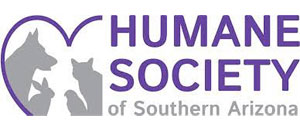Fast-forward to the early 20th century, and a Belgian Malinois named Taki would become the first dog to be used as a messenger in WWI. Another notable canine during the period was Sergeant Stubby (1916 – 1926), the unofficial mascot of the 102nd Infantry Regiment assigned to the 26th (Yankee) Division. He served for 18 months and participated in 17 battles on the Western Front. He’s said to have saved his regiment from mustard gas attacks, located and comforted the wounded, and allegedly caught a German soldier by the seat of his uniform and held him until American GIs arrived. Stubby’s been called the most decorated war dog of WWI and the only dog to be nominated and promoted to sergeant through combat. He played such a notable role in history that his remains are in the Smithsonian today.
In WWII, Belgian sheepdogs were again used as message carriers, Red Cross dogs, and defense dogs. At the same time, there were the United States Marine Corps’ “Devil Dog” War Dog Platoons, which served in the Pacific. Made up predominantly of Dobermans, the so-called Devil Dogs trained for military service first in Cuba and then at the Marine War Dog Detachment Training School at Camp Lejeune, North Carolina. They were joined there by a boxer named Fritz, reportedly the very first dog sworn and signed into the Marine Corp. They acted as messengers, sentries, and scouts and would eventually include German shepherds, Labs, and other breeds. Beginning their service as privates, after five years they could work their way up to a Master Gunner Sergeant, eventually outranking their handlers.
In the 1960s, U.S. soldiers continued to work with Dobermans and shepherds during Vietnam. And the military’s working relationship with dogs has continued pretty much the same ever since. While their roles throughout history have been varied, canines have traditionally been considered too valuable to send into battle. Due to this, they’ve come in all shapes and sizes. (There was even a 4 lb. Yorkie named Smoky that aided troops in WWII and later became the world’s first therapy dog on record.) So, if you’re upset by the notion of them serving, don’t be. That’s not to say no canines have ever died in service of their country, but, for the most part, their efforts have centered around guarding, detaining, and detection.
Which brings us to present-day and military dog trainer Josh Reid who’s carrying on the tradition. Tech Sgt. Reid is currently stationed at Davis-Monthan Airforce Base in Tucson. As part of the 355th SFS, his love of dogs and the desire to work with them has been a lifelong journey beginning with a canine demonstration he witnessed as a kid at the Selfridge Air National Guard Base in Michigan. Originally from Clinton Township, located within The Great Lakes State, he joined the Airforce in August 2007. In addition to three overseas tours, he’s been stationed in Colorado, Ohio, and North Carolina before eventually ending up here in Arizona.
During his 14 years in the armed forces, 10 have been spent with canines. Reid started out as a handler before moving up to the position of trainer and then on to becoming a Kennel Master. His work with MWDs (military working dogs) centers around teaching the animals a technique known as Bite and Hold. That’s where canines latch onto a subject and hold them in place until a handler can apply cuffs. It’s important to note that MWDs are not trained to kill. Rather, they are taught to bite specific parts of the body, such as the chest, back, arms, or legs of the individual they are to detain until they are ordered to release. A proper bite consists of all four canine teeth making contact. The move is known as a full-mouth bite, and it’s extremely effective for incapacitating fleeing suspects or potential threats.
In order to elicit this response, military decoys are deployed in protective gear to ensure no harm comes to them, and the dogs are praised for the level of accuracy they achieve in the OB (obedience) yard. But first, there’s a dog boot camp at Lackland AFB in San Antonio, Texas, where initial training occurs. TSgt. Reid explained that the animals can “wash out,” as it were, if they don’t meet the criteria for the program. It’s the same with all service-dog training, whether as guide dogs or what have you. Not all dogs are suited to particular tasks, but it doesn’t mean they can’t perform well in other equally important roles.
In Reid’s work as a senior MWD trainer, the dogs are trained and certified for single and dual purposes. Those consist of detection and patrol. If a dog is certified in both, they’re designated dual purpose. A single purpose designation is one or the other. With detection, the dogs are searching for explosives or narcotics. Nevertheless, both groups are still taught the Bite and Hold maneuver by Josh and his decoy helpers. He routinely works with fellow security force members SSgt. George Saldivar, SSgt. Travis Bell, SSgt. Colton D’Agostino, SSgt. Quinton LeQuieu, SSgt Mercy Louis, SSgt Gregory Adams, SrA Charlotte Gainvors, and SrA Gabriel Higuera.
This is the dog training process as explained to us by Josh:
All MWDs begin their extensive training at Lackland Air Force Base. This is where the joint service dog trainers will conduct daily training of obedience, detection, and patrol work until passing criteria are met. Once an MWD passes their certification, they are shipped out to operational bases. This is where the handlers, trainers, and Kennel Masters work on building off that basic training, and it is always a continuation of advancement training. The Kennel Master and trainer will pair a dog with a handler to become a team. The MWD trainer will conduct numerous amounts of training problems and scenario-based exercises to ensure the dog team is ready for their validation with the Kennel Master. Our validations are conducted in a variety of areas and are stressful. We want to ensure our dog teams are prepared and reliable for all situations that they may encounter. After a dog team passes validations, they conduct a base certification with the Commander. Upon completion of that, they are a certified dog team.
Last year, Reid, as well as SSgt. Saldivar, SSgt. Bell, SSgt. D’Agostino, SSgt. LeQuieu, and SSgt. Keith Retuyan competed in the Arizona Law Enforcement Canine Association’s annual Desert Dog Trials held in Scottsdale in April 2021. Military working dog teams attending participate in three events highlighting detection, patrol, and obedience.
According to Reid, “The purpose of the gathering was to bring together the best law enforcement canine programs in order to share experience, develop tactics, and advance their training.” He also added that there’s the aspect of friendly competition between the teams to see who the best dogs in Arizona are. With training and competition, air personnel from the 355th Security Forces Squadron MWD team are able to enhance the ability to defend the base and ensure the safety of all service members on the installation.
During the course of his service, Reid also received veterinary training at the Wright-Patterson Airforce Base Medical Center in Ohio, where he learned life-saving techniques like clearing airways and administering air to canine patients.
Additionally, while stationed in Colorado at Buckley AFB, he took part in training on the University of Colorado Denver Anschutz Medical Campus in Aurora as part of a collaboration with the CU-Denver Campus Police Department. The Front Range Explosive Detection K-9 group and 460th Security Forces Squadron MWD teams ran practice scenarios there to enhance the capabilities of military working dogs protecting the base and local community. Multi-department training like this is viewed as essential to strengthening the K-9 teams’ skills and the relationships amongst law enforcement departments.
We asked Josh if there was anything he could share with us that the general public may not know without releasing any sensitive information, and he obliged us with the fact that everywhere a U.S. president or vice president goes, a military dog is present working as support to the Secret Service’s own canine agents. Bet you didn’t know that!
In recognition of January being National Dog Training Month, we’d like to thank Tech Sgt. Reid and all of the others who train dogs to perform or serve, both privately and publicly. Regardless of their role, we couldn’t do without them, and they couldn’t do it without you. Thank you all!













